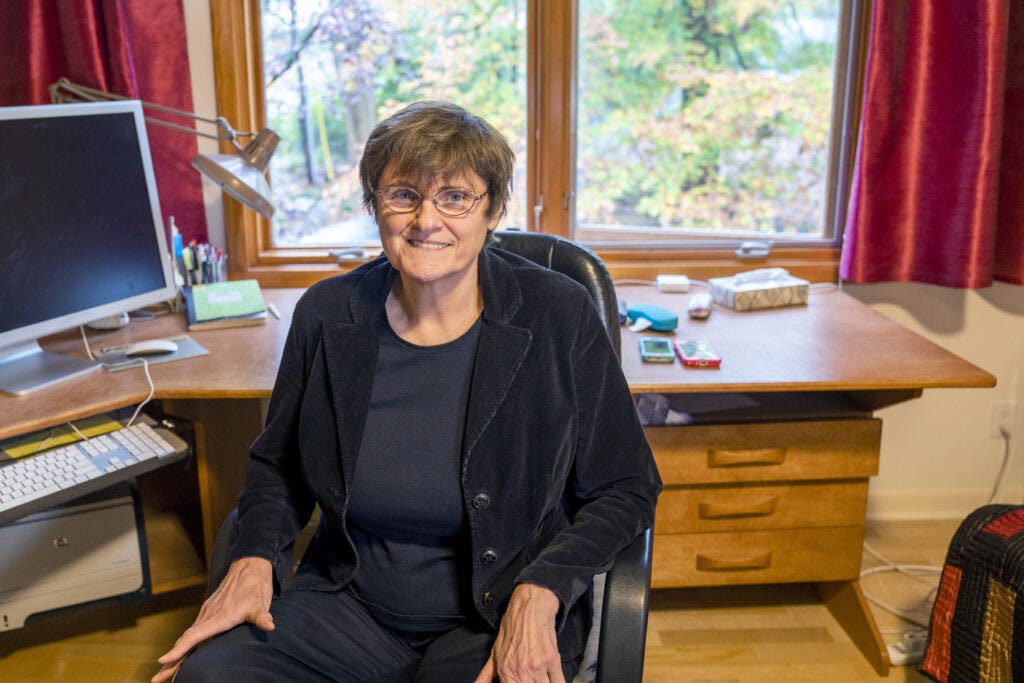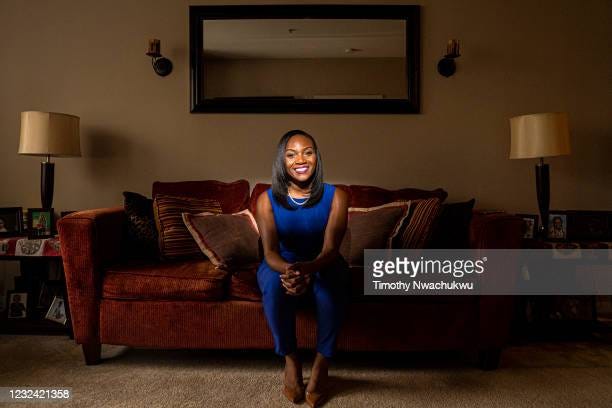In the United States, 65.7% of 12+ population has at least one vaccine. Daily vaccination rates peaked April 8 (with 2.56 million people per day) and have slowly and painfully declined since (with 268,000 people on July 16).
Who are the 34.3% eligible but not vaccinated?
Several non-profits (looking at you Kaiser Family Foundation and de Beaumont) have hustled to get a great population-level perspective of COVID19 vaccine hesitancy in the United States. This critical data can be used to improve vaccine acceptance.
According to the latest reports (here, here, and here), unvaccinated people are more likely to be:
Younger (18-49)
Adolescents (largely because of their parents)
Less educated
Republican
Persons of color
Uninsured
So, how can we reach them? Families and friends.
More and more evidence shows that family and friends are the most powerful motivator for vaccine acceptance. A report found that 17% of all previously vaccine hesitant were persuaded to get vaccinated by a family member. 10% said they were persuaded by their own healthcare provider and 5% said they were persuaded by a close friend, co-worker, or classmate.
What do we talk about?
Talk openly about side effects
When asked about the biggest concern of the COVID-19 vaccine, 33% of people said either short- or long-term side effects. So, when family and friends talk about their experience, it changes minds:
“Almost all of my friends were vaccinated with no side effects.” – 64 year old, female, black, Democrat, Tennessee
“Family members and friends who got vaccinated had no serious side effects. Lots of regulations got lifted for vaccinated people.” – 43 year old, female, Asian, independent, Massachusetts
“I became convinced that some of the rumored side effects were not true” – 69 year old, male, white, independent, Colorado
“Not many side effects and others have been vaccinated” – 21 year old, male, white, independent, Georgia
“It was clearly safe. No one was dying” – 32 year old, male, white, Republican, South Carolina
The top three statements that people found most reassuring were:
“The likelihood of experiencing a severe side effect is less than 0.5%”
“Mild side effects are normal signs that their body is building protection”
“Most side effects should go away in a few days”
Even given our best effort, people will just need more time to see that the vaccines continue to be safe. I’m optimistic that the anticipated FDA full approvals will help.
Talk about individual-level benefits. Not just the consequences.
Talk to family members about being able to safely visit. Discuss how their vaccination helps their loved ones stay safe. A poll found that people were MOST willing to take the COVID-19 vaccine for family.
Some people who changed their mind said:
“Discussed my spouse’s immune system.” – 58 year old, male, white, Republican, Washington
“My family persuaded me because of my sick kids” – 28 year old, female, Hispanic, Democrat, Texas
“I went to visit my family members in another state and everyone there had been vaccinated with no problems so that encouraged me to go ahead and get vaccinated also I would the better protected and not a threat to them not being having it” – 63 year old, male, black, independent, Texas
Talk about the people behind the vaccine.
Do not reference the ivory towers (science, pharma, FDA, or CDC), but rather the real-world people and faces who made this happen. Refer to the scientists, physicians, and researchers.
You can talk about Dr. Katalin Karikó, the Hungarian-born scientist behind the mRNA discovery and how she’s been working since the 1990’s to get the science right. For decades she had convince people to continue funding the research, which was more than difficult. But her perseverance, leadership, and collaborative spirit prevailed and research resulted in the Pfizer vaccine we are using today. (Read more about this story here; it’s fascinating).

Or talk about Dr. Kizzmekia Corbett (i.e. Kizzy), a 34 year old Black American scientist who worked for 6 years on the development of coronavirus vaccines in anticipation of a pandemic. After 10 months, her team developed and tested the Moderna vaccine we have today. (More about her story here).
A few additional tips to keep in mind…
Keep your audience in mind.
It’s clear that there are distinct groups within the unvaccinated population. And their views and concerns are not uniform.
12% of Americans are considered to be in the "Wait And See" group. Those in this group tend to be more Black, Hispanic, and split politically. Messaging that works better than others is:
Black Americans: Messages around “returning to normal” are far more effective for under 50. But for those over 50, “saving lives” is most effective.
Latinx Americans: Motivated when you say “it’s the right thing to do” instead of saying “getting the vaccine will keep your family and friends healthy and safe.”
Young women: Stressing how the vaccine will address both “damage from lockdowns” and the “potential for family/friends to become ill” is effective
On the other hand, 13% of Americans are considered in the “Definitely No” group. Those in this group tend to be more White, Republican-leaning. Messaging that works better for this group is that a “return to normal” or “reopen the economy” happens once we’re vaccinated. Messages about personal health/safety are less impactful.
I’ll also be curious to see how the recent (and unexpected) shift among conservative leaders will help move the needle. For example, Sean Hannity had a much welcome (although maybe too late) message to his viewers. To watch go HERE. Briefly, he said:
“Please take COVID seriously. I can’t say it enough. Enough people have died. We don’t need any more deaths. Research like crazy, talk to your doctor… Take it seriously. It absolutely makes sense for many Americans to get vaccinated. I believe in science, I believe in the science of vaccination.”
What you say matters
How we communicate correct information matters, especially to people who are hesitant or believe the conspiracy theories. Do not be condescending, alienating, a voice that’s not empathetic, and do not say words like “insane” or “dumb”. If we say this, all we’re doing is challenging their world view, which is linked to their identify and the tribes they’re are a part of. We need to set new foundations of trust. No matter how frustrated you are, avoid judgmental language. It’s hard, but worth it.
They may have questions
If you successfully open a communication channel, they will have questions. Welcome them. You can say that you don’t know, but point them in a trusted direction to find the answer. The last thing we want is for them to fill that void with misinformation. You can also try to answer their questions (here’s a cheat sheet; if you’re a paid subscriber, let me know if you want a PDF)…
Bottom Line: We are well beyond vaccine billboards and ivory towers moving the needle for vaccines in arms. It is now a critical time to mobilize and engage community members for a grassroots approach. And, whether you know it or not, we all have an important role to play.
Love, YLE










Thank you for continuing to compile these resources; it's so helpful to have tools for the conversations. I was wondering if you have references for studies that show vaccine efficacy at preventing long COVID? That's something really concerning for my family and me.
An interesting persuasive point I read what’s “you know that most COVID deaths were in people with Pre existing conditions. If you get COVID, that will be your pre existing condition for the next pandemic”